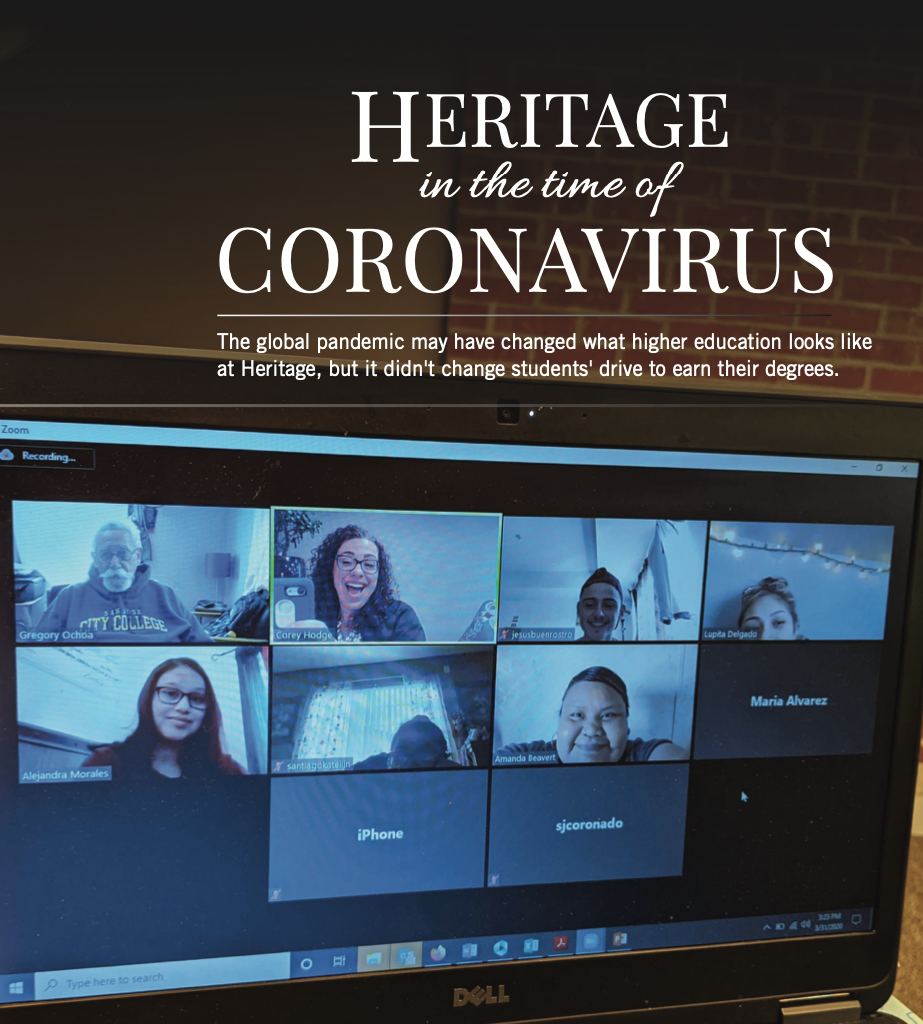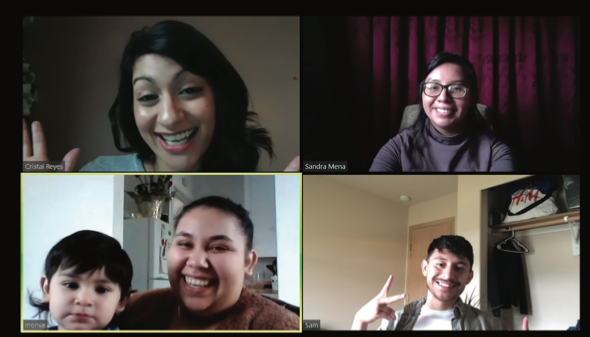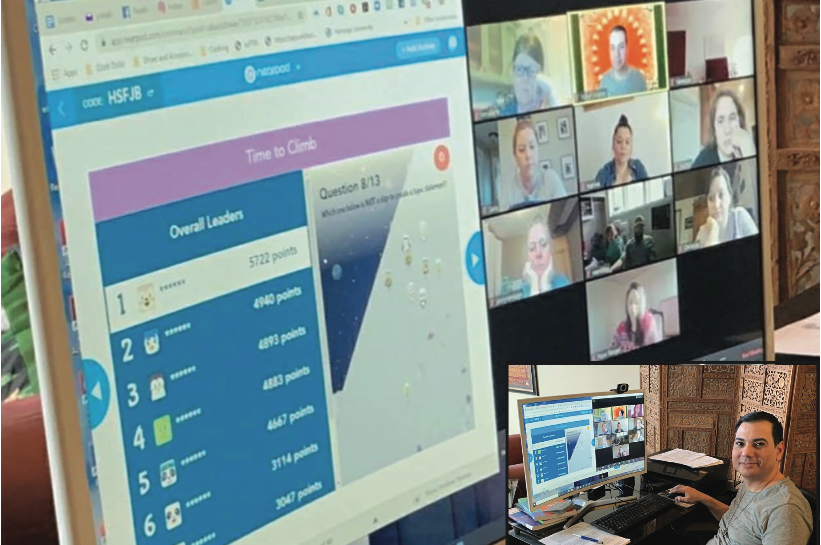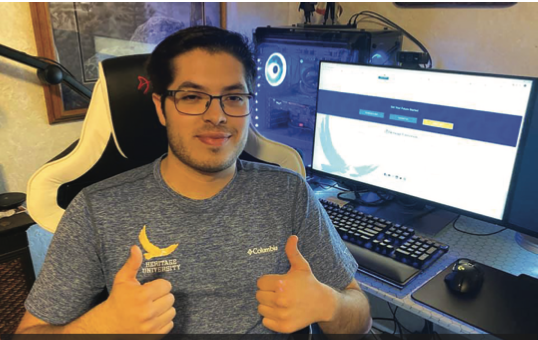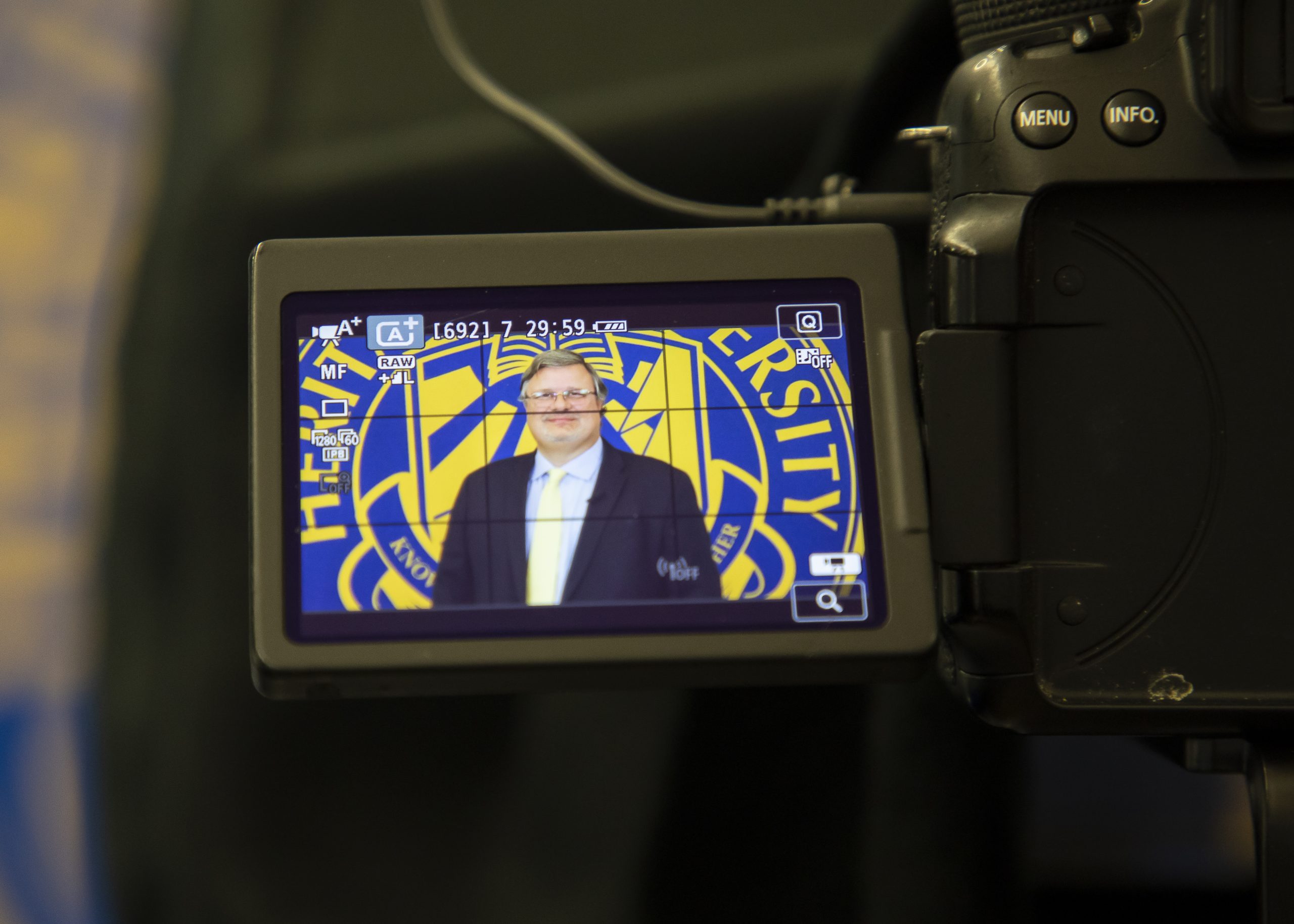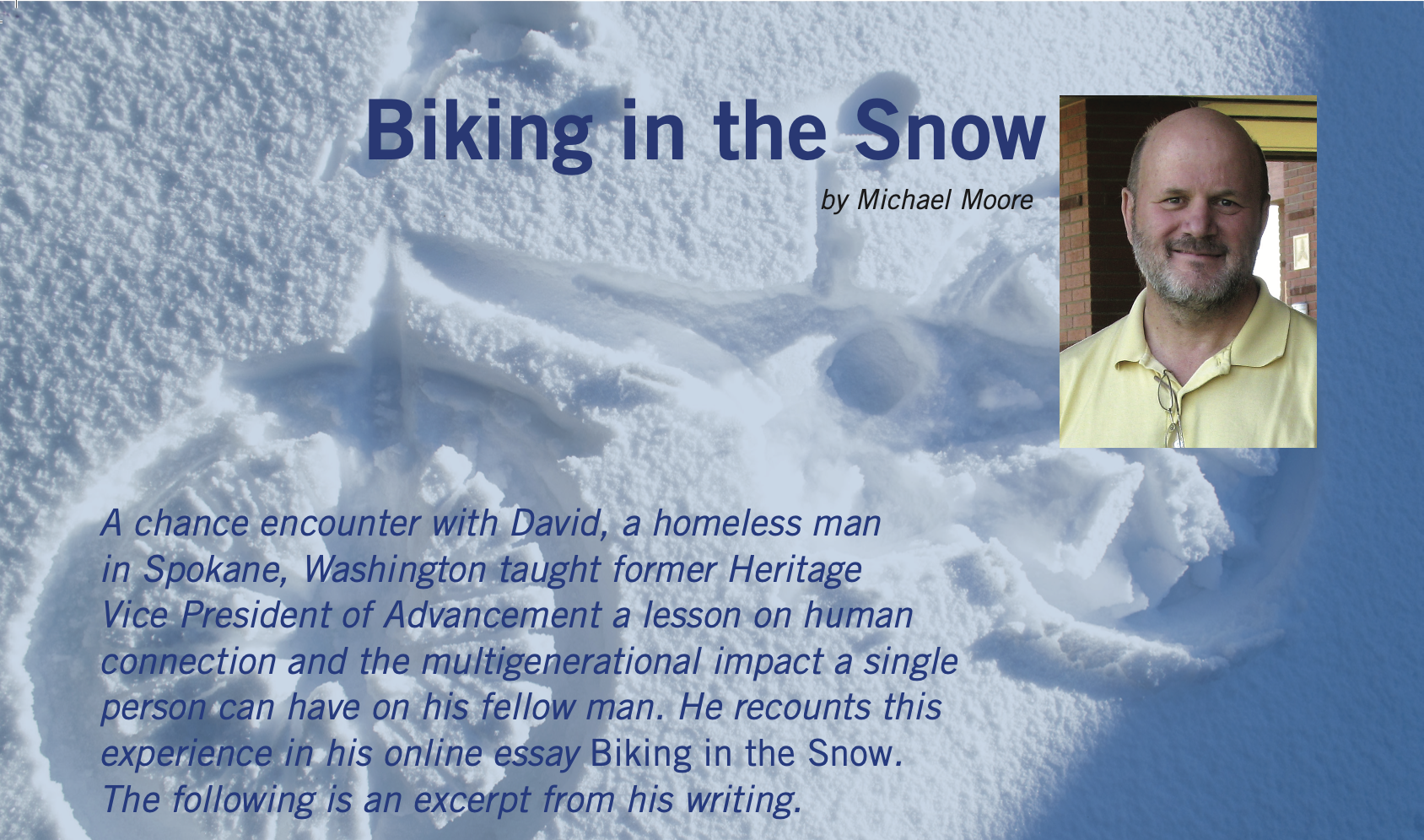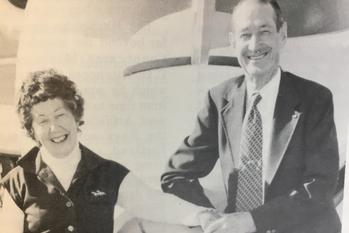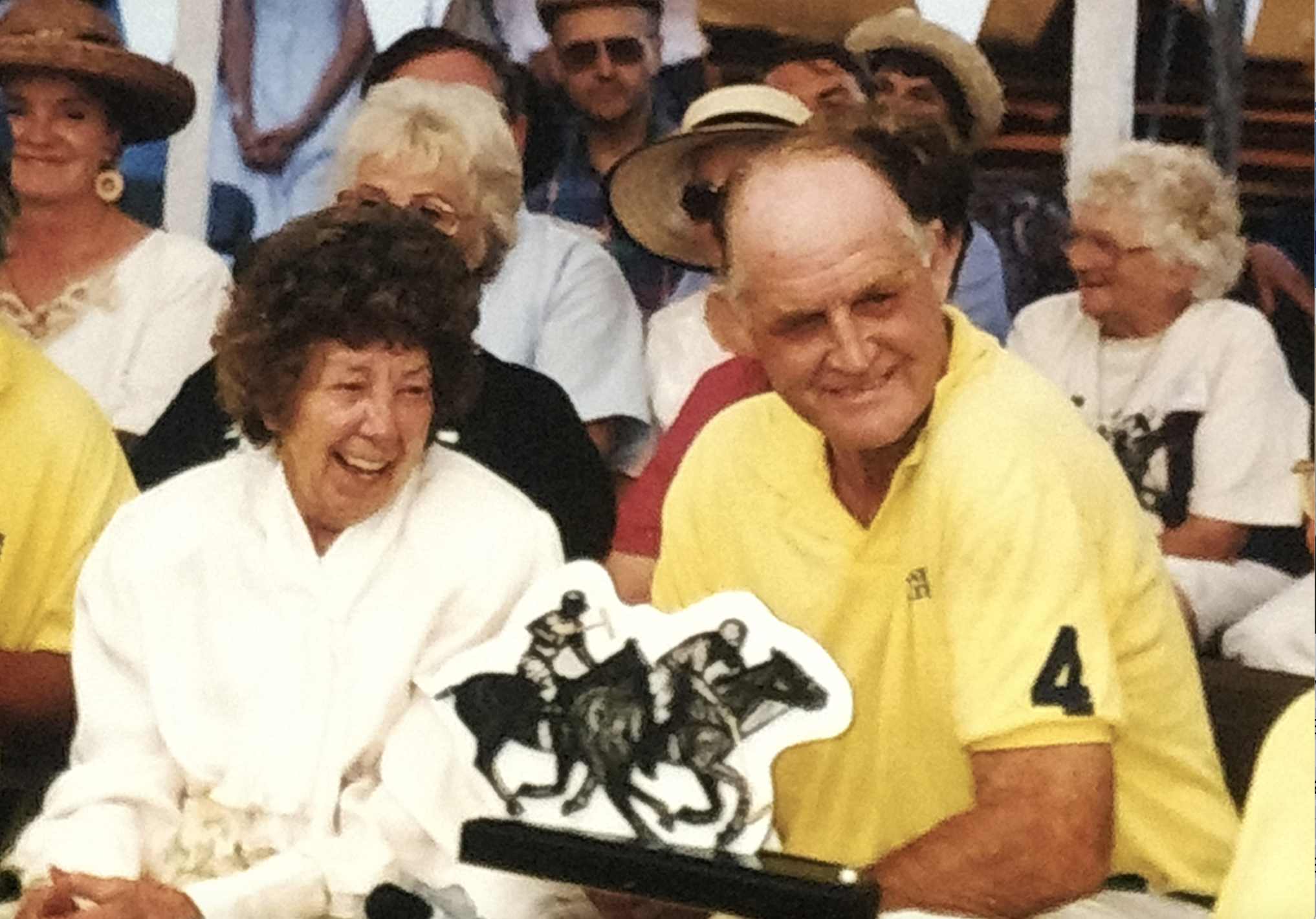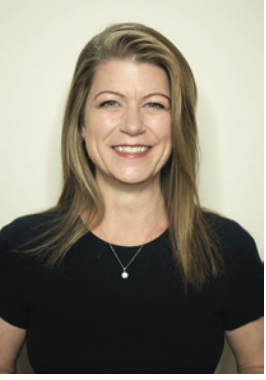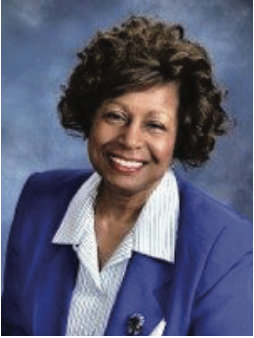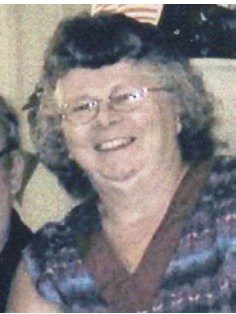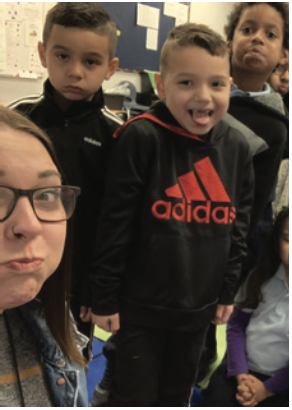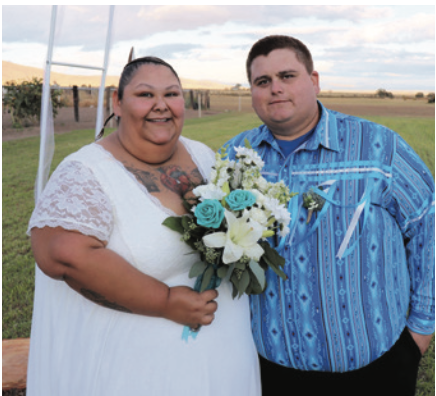Preparing for the Front Line
 When COVID-19 hit Washington State, Karina Borges was a few weeks away from completing her first year of study in the Physician Assistant program. Heritage University shut down its campus in compliance with orders from the governor’s office. In what seemed like a blink of an eye, everything she and her cohort were working towards was now uncertain. How would they finish their courses so they could move into their clinical rotations? And, what would happen to those rotations? Would hospitals and medical clinics want to have students in their practices during a global pandemic?
When COVID-19 hit Washington State, Karina Borges was a few weeks away from completing her first year of study in the Physician Assistant program. Heritage University shut down its campus in compliance with orders from the governor’s office. In what seemed like a blink of an eye, everything she and her cohort were working towards was now uncertain. How would they finish their courses so they could move into their clinical rotations? And, what would happen to those rotations? Would hospitals and medical clinics want to have students in their practices during a global pandemic?
“When the pandemic started, we were on spring break. We were ready to go back to campus to take two more exams and leave for clinicals, well that didn’t happen,” said Borges. “We didn’t get a chance to get back to campus and say goodbye to our classmates that we probably will not see until graduation; it was hard.”
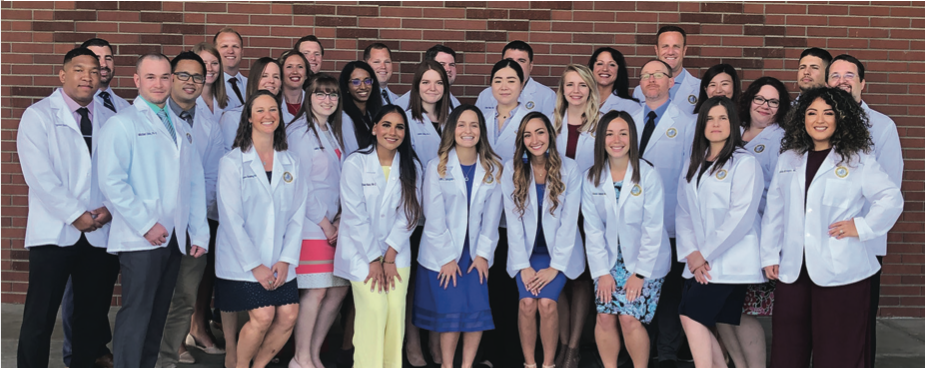
Heritage University’s Physician Assistant cohort at the start of their first year of study in fall semester 2019.
Borges’s story is a familiar one as colleges nationwide shuttered their campuses and sent faculty, staff and students home to shelter in place following directives from state officials. While campuses closed, classes didn’t end. Like many colleges, Heritage shifted its classrooms from a physical location to a virtual platform, moving lectures and discussions online through Zoom. While this dramatic change provides challenges for all, some majors, such as those preparing students for careers in health care, have complexities that make remote education particularly daunting.
There are four degree programs at Heritage specifically geared towards preparing students for health care careers: Nursing, Medical Laboratory Sciences (MLS), Physician Assistant (PA) and Master of Arts in Medical Sciences (MAMs). All but the Master in Arts in Medical Sciences, which is a one-year didactic program designed to help students bolster their applications for medical, dental and other post-graduate health sciences schools, require a combination of classroom lectures, hands-on labs and clinical rotations. Transferring classroom lectures into the virtual space, while not ideal for all, is has been accomplished with some modifications. However, lab work is much more difficult. And, the clinical rotations where students meet with real patients in medical facilities under the supervision of licensed professionals is not only critical for preparing students, it is also required by the programs’ various accrediting bodies.
When issuing the order to stay home and stay safe, Washington’s governor included provisions for essential business to function and its workers to continue to go to work. Education in the broad sense was not included in these provisions; however, certain academic programs such as those training health care professionals received special dispensation. This gave Heritage’s nursing, MLS and PA programs greater leeway in academic delivery.
The impact felt by students in these three programs depends upon the program in which they are enrolled and their academic year within that program.
NURSING PROGRAM
There are 60 students studying to become nurses at Heritage, between those who have been accepted into the program and those who are pre-nursing, which means they have declared nursing as their major and are taking some nursing classes, but have not yet been accepted into the program.

Last September, nursing student Anitramarina Reyna assisted with the flu shot clinic at the Central Washington State Fair.
In Nursing, graduating seniors like Anitramarina Reyna were the luckiest of their peers. Senior-level nursing students complete 160 hours of clinical practicums during their final two semesters. In their final semester, they have to pass a comprehensive skills assessment exam called the HESI before they can graduate. Seniors completed all of their clinical rotations prior to the shutdown and only had didactic course work and their final exam left to complete.
“We were supposed to take the test when we returned to campus after spring break, but that was when all of the shutdowns began. We weren’t sure when, or if, we’d be able to take the test. Our professors were telling us ‘just keep studying, you will be taking it as soon as we figure out the logistics,’” said Reyna. “It was a very stressful situation, but one that we understood couldn’t be avoided.”
Junior and sophomore nursing students, on the other hand, were a bit more impacted. Several juniors’ clinical rotations ended early, meaning they have to make up the lost hours during their senior year. Additionally, Heritage pulled all sophomores from their rotations and scheduled them to make up those hours over the summer months. This started in June when students traveled to Seattle to spend time at Children’s Hospital.
“Our primary concern was for the safety of our students,” said Christina Nyirati, chair of the Nursing Program. “We told them to stay home and stay safe. We just didn’t have enough scientific data yet.”
Once word came from the governor’s office that health sciences programs could continue to operate in person with safety protocols in place, Nyirati and her team got to work building a plan to minimize academic interruptions and to get students to graduation on time. They developed a plan where on-campus activities, such as labs and seniors’ exit exams, could take place with strict hygiene, mandatory masks and social distancing guidelines. Nyirati worked with the program’s partnering healthcare facilities to reschedule clinical rotations. Only a very few partners dropped out because they are unable to accept students.
“Our clinical partners have been amazing! Particularly our rural hospitals,” she said. “They believe that we all, together, are responsible for raising up highly-skilled, competent, safe and effective nurses. They also see our students as part of the movement to create safe and effective care for our communities.”
Only a very few partners dropped out because they are unable to accept students.
“Our clinical partners have been amazing! Particularly our rural hospitals,” she said. “They believe that we all, together, are responsible for raising up highly-skilled, competent, safe and effective nurses. They also see our students as part of the movement to create safe and effective care for our communities.”
MEDICAL LABORATORY SCIENCE
For Medical Lab Science students, the pandemic brought a unique learning opportunity and a chance to be part of the fight against COVID-19. Students in this one-year program completed their on-campus course work in December and were deep into their clinical rotations in labs at area hospitals several months before COVID-19 shut down nonessential businesses.

Medical Laboratory Science student Lauren Breymeyer at her practicum at Kadlec Regional Medical Center.
Medical laboratory scientists process tissue, blood and other bodily fluid samples to aid physicians in diagnosing diseases. Labs throughout Central Washington are stretched thin as COVID-19 testing increases the demands placed on these scientists.
“What makes us different from other medical professionals is that we deal with infectious materials every day. This is our job. The labs where our students are placed never asked us to leave because this is what we do. They realized that our students are highly-trained and can be a lot of help as the demand for lab services increases,” said Terese Abreu, director of the MLS program.
For their part, the students report that they feel like they are getting an education unlike any other. They are working as part of the team of lab professionals, guiding the proper collection of samples for COVID testing, assisting with the validation of new equipment and testing protocols, and processing units of convalescent plasma for transfusion to critically ill patients, among other activities, which are needed to support the work of the providers and nurses.
“This year has turned out to be a lot more than I expected. Being in the medical field during a pandemic has definitely been interesting and has opened my eyes to some of the intricacies of the healthcare field in America. It has only strengthened my passion for what I am doing and my passion for public health and lab medicine,” said MLS student Lauren Breymeyer.
This year’s cohort graduates in August, and next year’s cohort begins at the same time. The challenge for Abreu really lies with the incoming class. As in years past, the program will start with lectures and on-campus labs. However, students will attend classes virtually and meet on campus once every two weeks instead of the previous all- day, every-day model. In January, when they enter into their practicum, they will spend six weeks in a lab and one week on campus receiving “just in time” training around specific study areas. With only three or four students in a study area at a time, this will limit the number of students in classrooms and campus labs at a time.
“What our program is known for, why students seek us out, is the intense, hands-on community-based training that we provide, and the individualized training. If anything, they will be getting more of both,” said Abreu.
PHYSICIAN ASSISTANT
The Master of Science in Physician Assistant is a two-year program that has students on campus during their first year, then in clinical rotations
for their final year of study. Because Heritage’s program took a year off from enrolling students to build improvements in administrative practices, there was only one cohort enrolled in March. They were a few months away from completing their didactic studies and most were placed and ready to start their clinical rotations in mid-May. When the COVID-19 shut down began, the didactic portion of their studies went online. While online classes are challenging for some who prefer face- to-face models, the greater challenge is the clinical rotations. Students complete rotations in a variety of study areas: primary care, maternal health, pediatrics, emergent care, among others. Some practices chose to close their clinics to students in the wake of COVID.
“A third of our students’ primary care rotations were delayed and five were outright canceled. With a clinical cohort of 30 students, half were left without a clinical rotation at the start of the summer. We had to get creative and worked closely with our accrediting agency to ensure that the alternatives we came up with would still meet their requirements,” said Dr. Linda Dale, chair of the Physician Assistant Program.
Borges was one of the third whose clinical rotations were interrupted.
“I was supposed to start my primary care rotation at Farmworkers Clinic on May 18. As we were approaching my start date, I got an email saying that due to COVID-19 my rotation was delayed until June, then in June, I got another email stating that I was delayed until August. It was very heart breaking. Farmworkers clinic was my top choice to do my primary care rotation since I was going to serve a high number of Spanish-speaking patients,” she said.
Dale and her team scrambled to help students like Borges find alternatives. In her case, she was able to move to a rotation at the Union Gospel Mission in Yakima. Others were placed in rotations in other specialty areas. Where those couldn’t be found, the team got creative. One of the faculty members, Holly Clark, PA-C, MPH, developed a COVID-19 clinical rotation that addresses the specifics of the pandemic. Additionally, the program contracted with PA Excel, a national provider of virtual rotations that is approved by the PA Programs’ accrediting agency.
Through virtual rotations, the teaching physician sees a patient in the morning. The doctor will write notes about the case and send them to students. The students then spend the afternoon researching the case and writing what is essentially a medical chart note with their observations and suggested treatment plans. The entire cohort then meets virtually to critique three of the submitted notes chosen at random.
“This is a stop-gap,” said Dale. “We’re looking at this company as a possibility for our obstetrics and pediatric rotations. These are both extremely difficult to get students placed into during normal times. You can imagine the difficulty now when clinics want to limit the number of people coming in contact with their patients. The beauty of our clinical year is that our students see kids and women’s health patients during their family practice rotation, so they do get the experience. The online program can supplement this and help us meet accreditation standards.”
For students entering the program in May, Dale and her team established similar protocols as those set by Nursing and MLS. Lectures will take place online; the hands-on labs and testing will take place on campus using strict distancing and hygiene guidelines. The newest cohort has already expressed discontent with the online education and are eager to return to campus where they can build relationships with their classmates and support each other through this rigorous program.
WORKING TO FILL THE CRITICAL NEED
Dale, Abreu and Nyirati all agree that the work they are doing, what their students are doing, is critical to the health and well-being of the entire community.
“This thing (COVID-19) isn’t going away anytime soon,” said Dale. “I’m afraid that physicians, physician assistants, nurses, our lab scientists, are going to get burned out. Even worse, some will fall ill, maybe even fatally. We need to get replacements, our students, trained and well prepared so they can be there to protect us all.”
